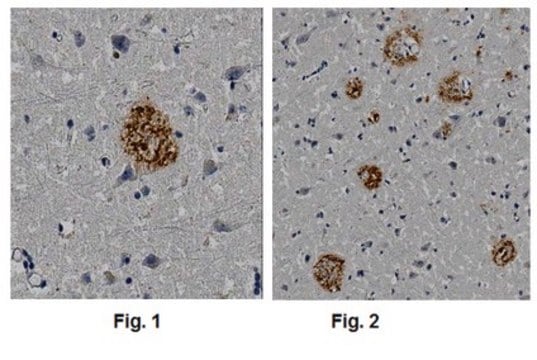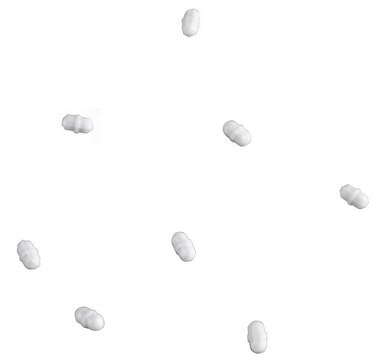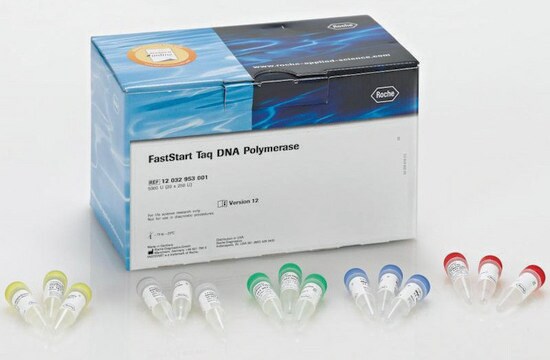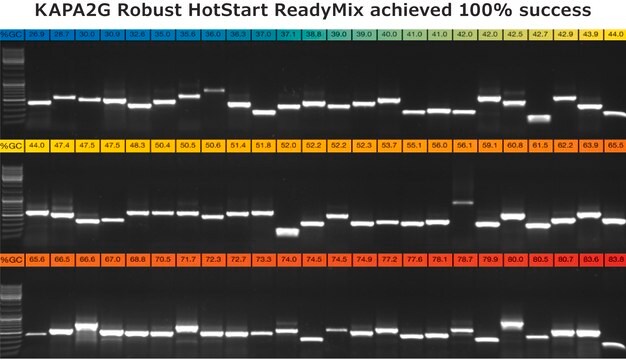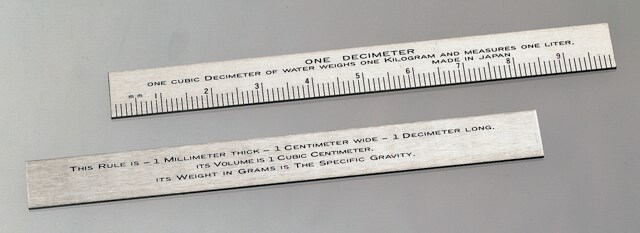General description
DNA-directed RNA polymerase II subunit RPB1 (UniProt: P24928; also known as EC: 2.7.7.6, RNA polymerase II subunit B1, DNA-directed RNA polymerase II subunit A, DNA-directed RNA polymerase III largest subunit, RNA-directed RNA polymerase II subunit RPB1, POLR2A) is encoded by the POLR2A (also known as POLR2) gene (Gene ID: 5430) in human. It is the largest and catalytic component of RNA polymerase II that catalyzes the transcription of DNA into RNA using the four ribonucleoside triphosphates as substrates. It has multiple Zinc and magnesium ion binding sites. The binding of ribonucleoside triphosphate to the RNA polymerase II transcribing complex involves a two-step mechanism. The initial binding seems to occur at the entry (E) site and involves a magnesium ion temporarily coordinated by three conserved aspartate residues of the two largest RNA Pol II subunits. The ribonucleoside triphosphate is transferred by a rotation to the nucleotide addition (A) site for pairing with the template DNA. The catalytic A site involves three conserved aspartate residues of the RNA Pol II largest subunit which permanently coordinate a second magnesium ion. POLR2A is localized to cytoplasm in its hypo-phosphorylated form and the active hyper-phosphorylated form is located mainly in the nucleus. The tandem heptapeptide repeats (Tyr1-Ser2-Pro3-Thr4-Ser5-Pro6-Ser7) in its C-terminal domain (CTD) can be highly phosphorylated and regulates transcription coupled processes. Phosphorylation is shown to occur mainly at serine 2 and serine 5 residues of the heptapeptide repeat and is mediated by CDK7 and CDK9. Phosphorylation can also take place at serine 7 of the heptapeptide repeat, which is required for efficient transcription of snRNA genes and processing of the transcripts. Its C-terminal domain (aa 1593-1960) serves as a platform for assembly of factors that regulate transcription initiation, elongation, termination and mRNA processing. The K7-residues in non-consensus repeats of human RNAPII are modified by acetylation, or mono-, di-, and trimethylation. Acetylation of K7, and di- and tri-methylation of K7 are found exclusively associated with phosphorylated CTD peptides. Monomethylated K7 is found in non-phosphorylated CTD. The monoclonal antibody (clone 1F5) is shown to recognize K7me1/2 residues in CTD. (Ref.: Voss, K., et al. (2015). Transcription 6(5); 91-101).
Specificity
Clone 1F5 is a rat monoclonal antibody that detects DNA-directed RNA polymerase II subunit RPB1 (POLR2A) in human cells.
Immunogen
Ovalbumin-conjugated linear peptide from C-terminal domain (CTD; (YSPTSPKme2YpSPTSPSC) dimethylated on lysine 7.
Application
Anti-POLR2A, clone 1F5, Cat. No. MABE1793, is a highly specific rat monoclonal antibody that targets DNA-directed RNA polymerase II subunit RPB1 and has been tested for use in Immunocytochemistry, Chromatin Immunoprecipitation (ChIP), and Western Blotting.
Immunocytochemistry Analysis: A 1:50 dilution from a representative lot detected POLR2A in H1299 cells.
Immunoprecipitation Analysis: A representative lot immunoprecipitated POLR2A in Immunoprecipitation applications (Voss, K., et. al. (2015). Transcription. 6(5):91-101).
Western Blotting Analysis: 1 µg/mL from a representative lot detected POLR2A in Raji, HeLa, U20S, and TS48 cell lysates (Courtesy of Dirk Eick, Ph.D., Helmholtz-Zentrum-Muenchen, Munich Germany).
Western Blotting Analysis: A representative lot detected POLR2A in Western Blotting applications (Voss, K., et. al. (2015). Transcription. 6(5):91-101).
Chromatin Immunoprecipitation (ChIP) Analysis: A representative lot detected POLR2A in Chromatin Immunoprecipitation applications (Voss, K., et. al. (2015). Transcription. 6(5):91-101).
Immunocytochemistry Analysis: A representative lot detected POLR2A in Immunocytochemistry applications (Voss, K., et. al. (2015). Transcription. 6(5):91-101).
Research Category
Epigenetics & Nuclear Function
Quality
Evaluated by Western Blotting in H1299 cell lysate.
Western Blotting Analysis: 1 µg/mL of this antibody detected POLR2A in H1299 cell lysate.
Target description
~217 kDa observed; 217.18 kDa calculated. Uncharacterized bands may be observed in some lysate(s).
Physical form
Format: Purified
Protein G purified
Purified rat monoclonal antibody IgG2a in buffer containing 0.1 M Tris-Glycine (pH 7.4), 150 mM NaCl with 0.05% sodium azide.
Storage and Stability
Stable for 1 year at 2-8°C from date of receipt.
Other Notes
Concentration: Please refer to lot specific datasheet.
Disclaimer
Unless otherwise stated in our catalog or other company documentation accompanying the product(s), our products are intended for research use only and are not to be used for any other purpose, which includes but is not limited to, unauthorized commercial uses, in vitro diagnostic uses, ex vivo or in vivo therapeutic uses or any type of consumption or application to humans or animals.

